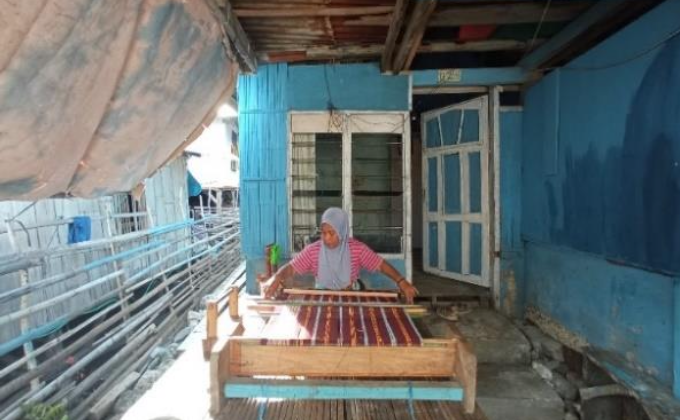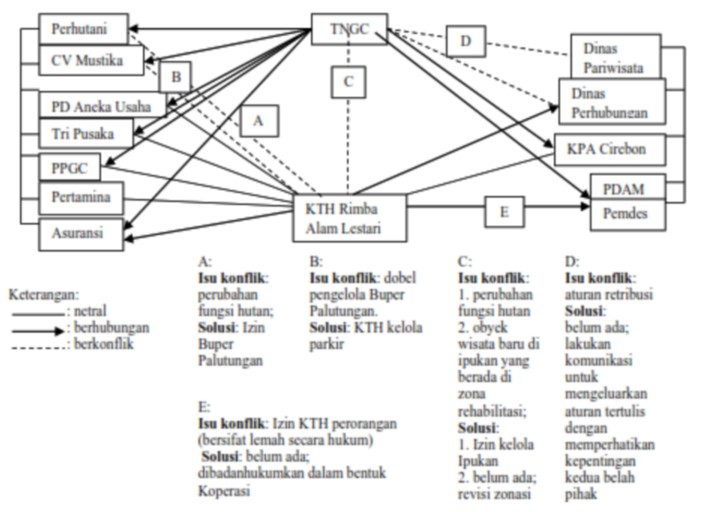Community Perceptions and Preferences Toward Tourism Village Development in Kojadoi Village, East Alok Subdistrict, Sikka Regency, East Nusa Tenggara Province
Abstract
The purpose of this study was to determine the Perceptions and Preferences of the Community towards the Development of Tourism Villages in Kojadoi Village. This research was conducted with descriptive analysis with a percentage analysis approach. Sample determination was carried out using the Slovin formula. The population in this study is the entire community, namely 486 heads of families (KK) and visitors who visit Kojadai Tourism Village, namely 1,184 people. The total number of respondents was 82 local people and 93 visitors, sample details were carried out on visitors, and local people (including Pokdarwis, BUMDES, and community leaders). This research uses a Likert scale, where the Likert scale is used to measure the attitudes, opinions, and perceptions of a person or group of people about social phenomena. The data analysis process begins by reviewing all data obtained both through the results of questionnaires and interviews, then described by using percentage analysis. The results showed that community perceptions of tourism village development were considered quite good with an average scale of 4.08 and tourist preferences for the development of Kojadai tourism village were classified as very good, with a preference level on an average scale of 4.24.
Hak Cipta (c) 2024 Jurnal Wasian

Artikel ini berlisensi Creative Commons Attribution-NonCommercial 4.0 International License.
Copyright and License
All articles published in Wasian Journal are the property of the authors. By submitting an article to Wasian Journal, authors agree to the following terms:
-
Copyright Ownership: The author(s) retain copyright and full publishing rights without restrictions. Authors grant the journal the right to publish the work first and to distribute it as open access under a Creative Commons Attribution 4.0 International License (CC BY 4.0).
-
Licensing: Articles published in Wasian Journal are licensed under a Creative Commons Attribution 4.0 International License (CC BY 4.0). This license allows others to share, copy, and redistribute the material in any medium or format, and adapt, remix, transform, and build upon the material for any purpose, even commercially, provided that proper credit is given to the original author(s) and the source of the material

This work is licensed under a Creative Commons Attribution 4.0 International License. -
Author's Rights: Authors are permitted and encouraged to post their work online (e.g., in institutional repositories or on their website) prior to and during the submission process, as it can lead to productive exchanges and greater citation of published work.
-
Third-Party Content: If your article contains material (e.g., images, tables, or figures) for which you do not hold copyright, you must obtain permission from the copyright holder to use the material in your article. This permission must include the right for you to grant the journal the rights described above.
-
Reprints and Distribution: Authors have the right to distribute the final published version of their work (e.g., post it to an institutional repository or publish it in a book), provided that the original publication in Wasian Journal is acknowledged.
For the reader you are free to:
- Share — copy and redistribute the material in any medium or format for any purpose, even commercially.
- Adapt — remix, transform, and build upon the material for any purpose, even commercially.
- The licensor cannot revoke these freedoms as long as you follow the license terms.
Under the following terms:
- Attribution — You must give appropriate credit , provide a link to the license, and indicate if changes were made . You may do so in any reasonable manner, but not in any way that suggests the licensor endorses you or your use.
- No additional restrictions — You may not apply legal terms or technological measures that legally restrict others from doing anything the license permits.
Notices:
You do not have to comply with the license for elements of the material in the public domain or where your use is permitted by an applicable exception or limitation .
No warranties are given. The license may not give you all of the permissions necessary for your intended use. For example, other rights such as publicity, privacy, or moral rightsmay limit how you use the material.
Artikel paling banyak dibaca berdasarkan penulis yang sama
- A. Dwie Mochammad Abduh, Ahrani Akbar Fachri, Nur Qalbi Saesar Muharram, Rahmat Ariandi, Muh. Taufik , Andika Darmawangsa Ribawa, Identification of the Effectiveness of Land Cover in Some Areas in Borisallo Village for Conservation Measures , Jurnal Wasian: Vol 11 No 1 (2024): June
- Sri Arfiani Rahim Sila, Andi Ridha Yayank, Hasanuddin Molo, Community-based Strategies for Optimising Mangrove Forest Tourism Management in Balang Baru Village, Jeneponto Regency , Jurnal Wasian: Vol 12 No 02 (2025): December











